Most of us aren’t able to travel to redwood parks right now because of California’s shelter-in-place order, but here’s some inspiration that’ll take you into the forest and leave you dreaming of your next trip.
Mountain ranges cloaked in Douglas firs line a long, undulating stretch of U.S. Highway 101, giving a glimpse at what’s to come. I’m always amazed each time I bear witness to California’s natural landscapes, and this time, on the 300 or so miles driving from San Francisco to the ancient forests of the North Coast, I’m smitten again.
Humboldt Redwoods State Park
My first stop on this long road trip is Humboldt Redwoods State Park on Sinkyone ancestral land, about a four-hour drive north of the San Francisco Bay Area. Once I exit the 101 onto Avenue of the Giants, I’m in the presence of real behemoths. Cruising into the shade of the lush forest canopy feels like being in another world—one enveloped in a bewitching kind of darkness. The road twists and turns, and it’s nearly impossible to avert my eyes from the towering trees. At the visitor center, I pick up some maps and get a look at a trunk of a tree that had fallen in 2006. According to its rings, it had been alive since before the Vikings first landed in North America in 1000 A.D. and lived to see the California State Parks system established in 1927 and beyond.
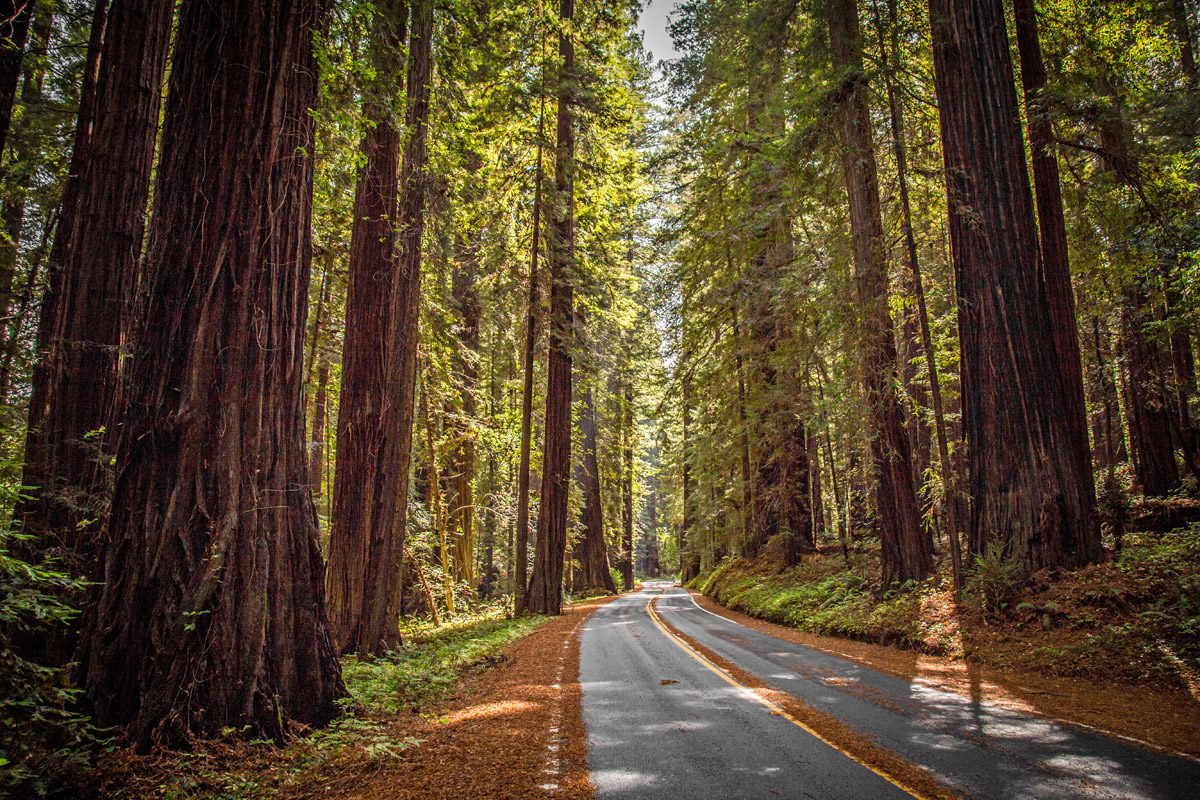
Heading north on Avenue of the Giants, I hang left on Mattole Road down a narrow paved path through Rockefeller Forest. Driving barely faster than strolling on foot, I marvel at moss hanging from dwarfish-by-comparison Douglas firs, and sunbeams penetrating the canopy just right, in that picture-perfect way seen on California postcards.
A few miles down on Bull Creek trail—in the place that inspired League founders to protect the redwoods—the ground is soggy underfoot, a nice feeling beneath my boots. Another hiker (one of only three that I encounter on the trail on this placid day) presumes that a massive tree on the ground must have fallen relatively recently, since it hasn’t yet started to decay. But that could take years, decades, even centuries. When a redwood falls, it becomes a nursery for new trees; so, its death is not so tragic, but a natural cycle. Even thousand-year-old trees with trunks hollowed out by fire can continue to thrive indefinitely. Redwoods are among the most adaptable beings on the planet. I spot another fallen trunk that appears to have grafted itself onto another living tree—a process that a ranger would later confirm is one of the redwoods’ many survival tactics.
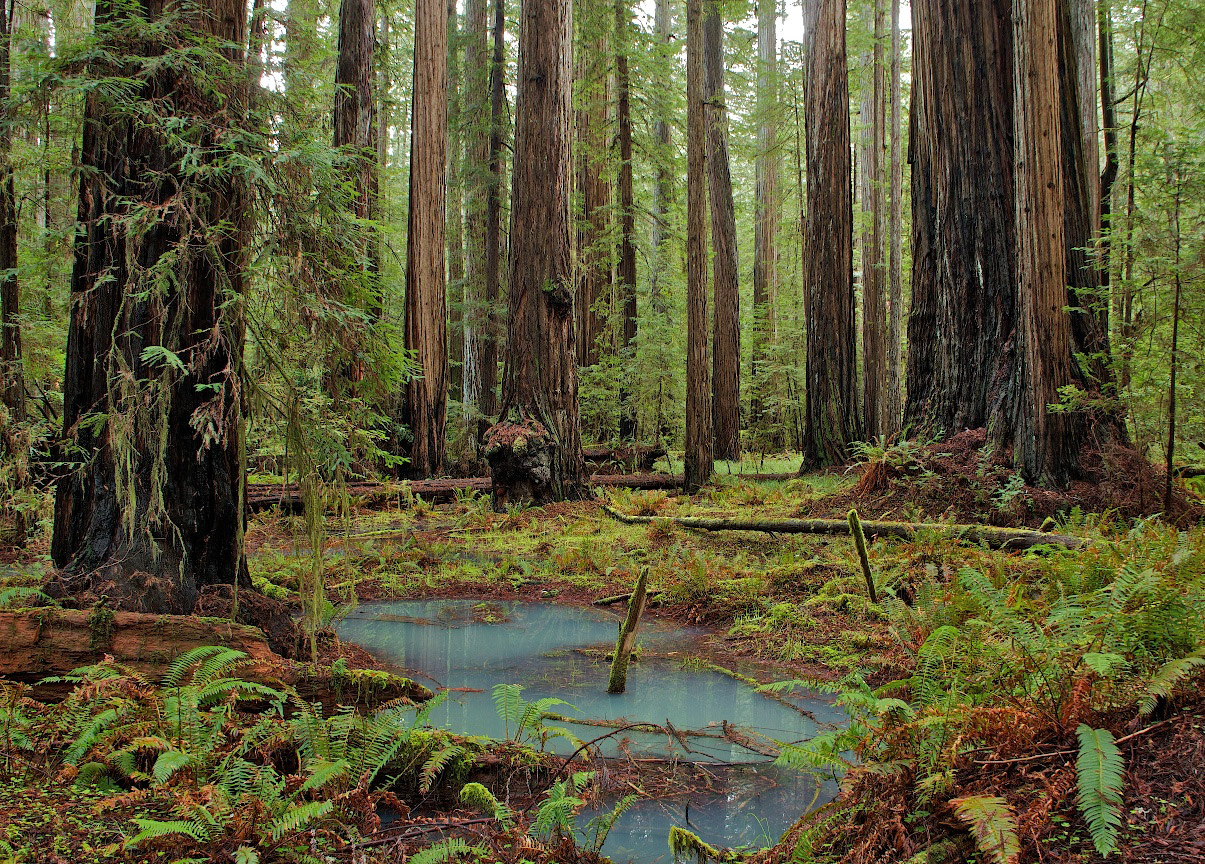
Walking the short Rockefeller Loop trail, I only encounter one other hiker. He’s silent with awestruck eyes, never once straying from his focal point at the top of a particularly gargantuan tree. This is a captivating place, for sure—as mythical and mystical of a forest as you’d find in fiction, or in the most exotic corners of the world in real life.
Halfway between Humboldt Redwoods and Redwood National Park, the quiet coastal town of Eureka is my homebase for exploring the North Coast. Off of a dirt road with no street lights, stone steps lead to an unlocked sliding glass door, and I settle in for the night in a rustic and cozy guest cabin. Tomorrow, I’ll come face to face with even more giants.
Redwood National Park
Created in 1968 and expanded in 1978, Redwood National Park on Tolowa Dee-ni’ land encompasses nearly 132,000 acres—some of which overlap with Prairie Creek, Del Norte, and Jedediah Smith Redwoods State Parks. Carey Wells, a National Park Service ranger, drives me up a winding road 1,200 feet above sea level to Lady Bird Johnson Grove. A beautiful bridge constructed entirely of salvaged redwood leads hikers into this pristine prehistoric forest.
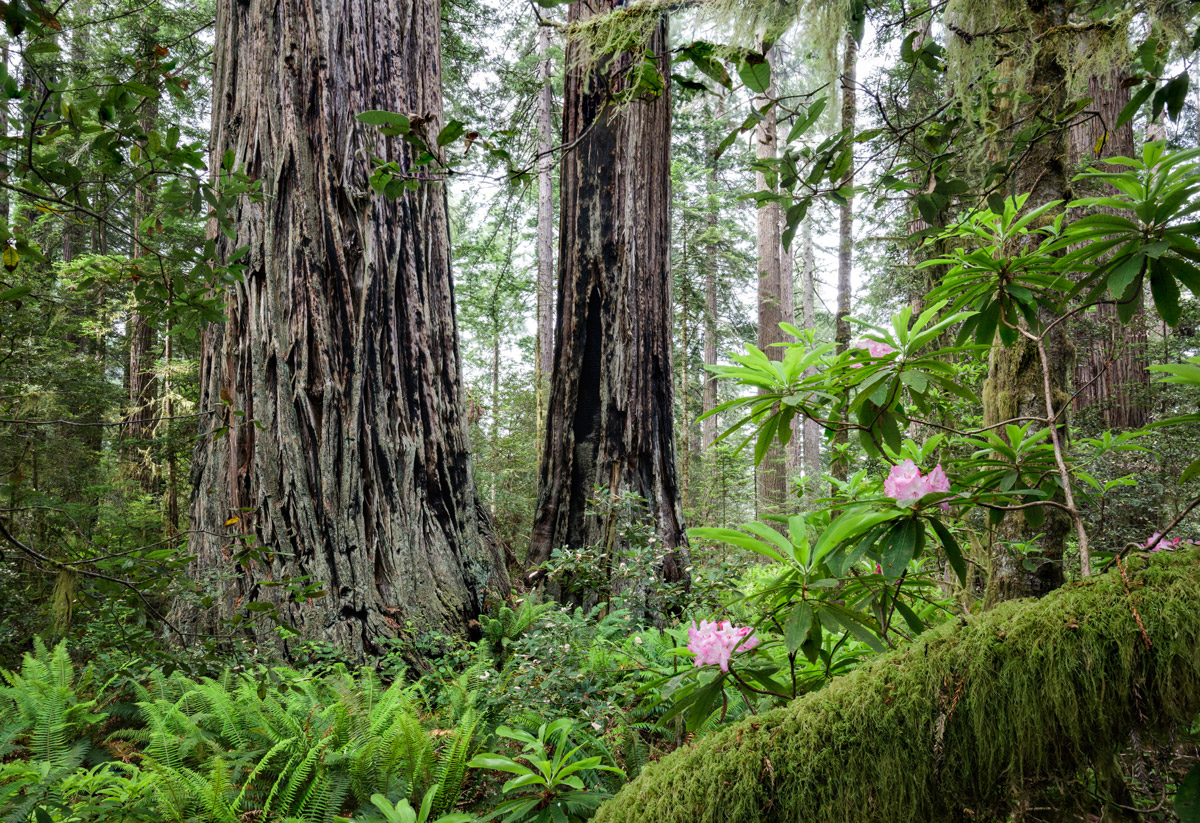
The League is working with Redwood National and State Parks partners to restore young forests to bolster old-growth forests like this one. During our tour of the park, Ranger Carey shows me where skinny redwoods are growing too closely together in areas that were clearcut. These stands need to be thinned so that the trees won’t have to compete for resources. With enough space, the second-growth forests can develop the qualities of old-growth forests more quickly.
The trees themselves are biologically equipped with ways to ensure their survival. Ranger Carey reveals where certain trees have cloned themselves through a process called reiteration. When pieces of redwoods break off, they shoot out new trunks that fuse onto and continue to grow out of the trees’ larger limbs—making the forest canopy an entire ecosystem of living wood that stores water, accumulates and develops soils, and provides habitat for a range of mammals, birds, amphibians, and insects. Burls, big bumps that look like deformities growing out of the trunks, also increase the trees’ reproductive potential. Instead of relying on seeds to drop to the forest floor and grow where there’s minimal light, new trees can grow out of the burls, which have been able to absorb nutrients and water from the parent plant.
Prairie Creek Redwoods State Park
En route to Prairie Creek Redwoods State Park on Yurok land, we spot a herd of elk grazing in Elk Meadow. On Prairie Creek Trail, we cross the creek where salmon and steelhead trout will soon be swimming through the winter and into early spring. This fairytale-like forest is home to Iluvatar, a massive redwood known for its astronomical number of reiterations, and famed for its iconic National Geographic cover. Visitors commonly ask rangers where and how to find it—one family flags down Ranger Carey to ask that precisely. But the rangers remain hush-hush on exact coordinates in order to protect the tree.
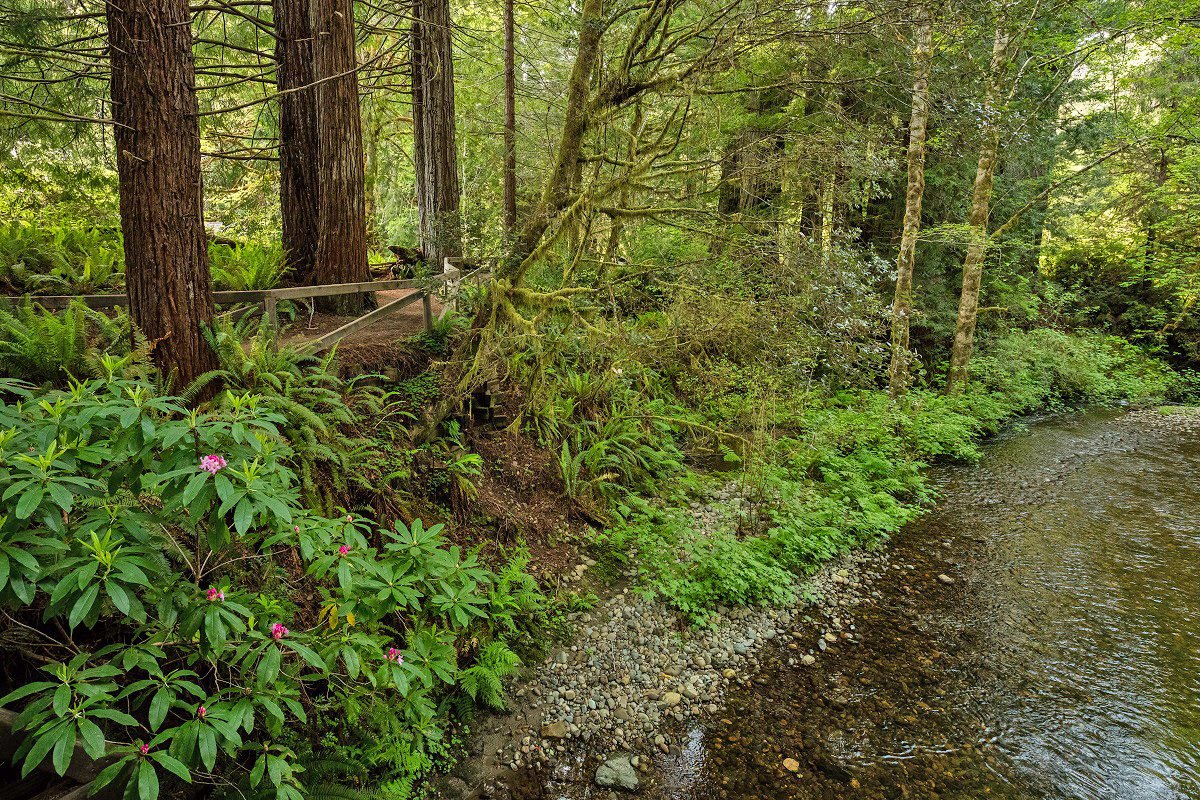
While I walk through the woods marveling at the redwoods’ stature and their amazing reiterations, the mossy big leaf maple trees aren’t too shabby either. Ranger Carey pulls a leaf from a California bay tree, tears it open, and prompts me to take a whiff. The potent fragrance reminds me of the sheer force of nature—how even the most gigantic trees on the planet can seem humble among the abundance of life in a forest, down to the tiniest leaves.
The Newton B. Drury Scenic Parkway, which runs all the way through Prairie Creek State Park, is closed due to ice on the road, but I continue north on the 101 to see what else I can explore. Left on Klamath Beach Road, I circle along a coastal drive, stopping at breathtaking bluff overlooks to see the Pacific Ocean below and coast redwoods, basking in the brilliance of a cloudless sky, in the distance. On a different day the forest may be enveloped in a layer of mist, and that would be no less striking.
Heading back down south to Eureka, I pull over at a beach covered in driftwood. At sunset, the ocean is wild, and the redwoods look on, quietly, majestically, just as they have for 20 million years—and hopefully will for at least 20 million more.
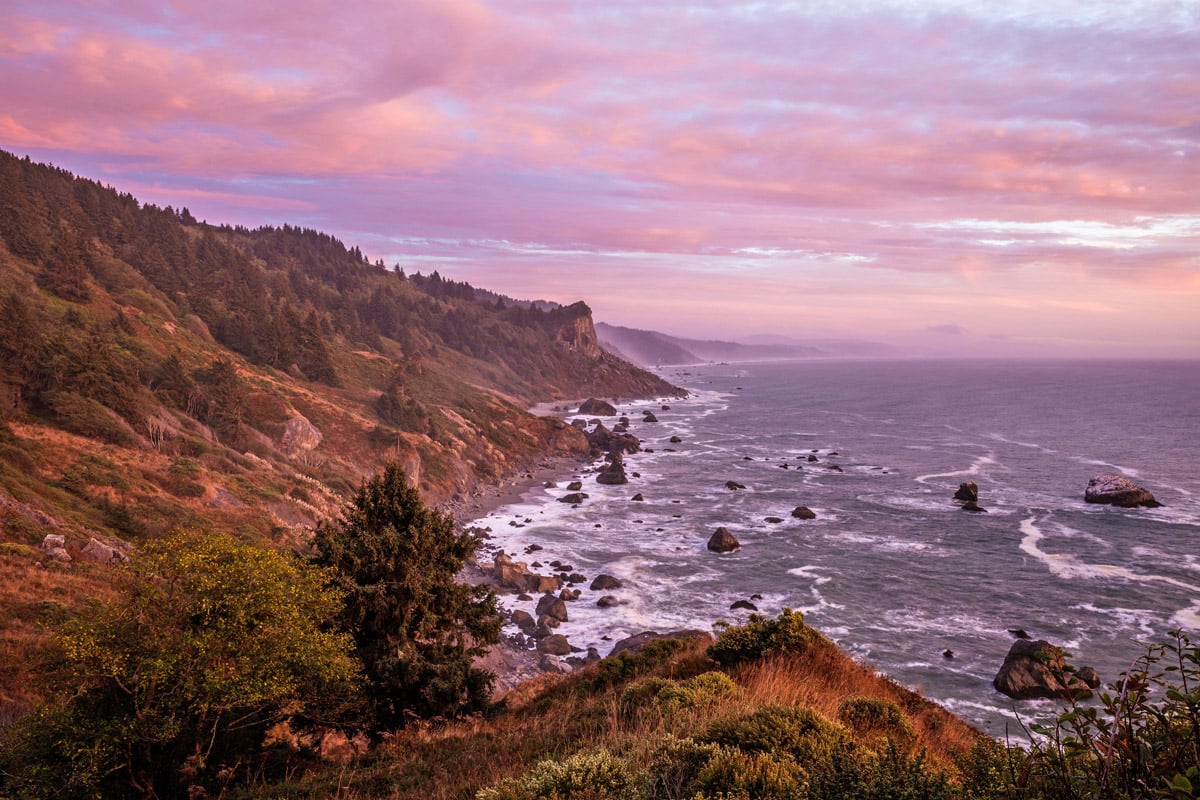

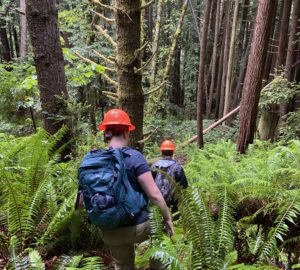
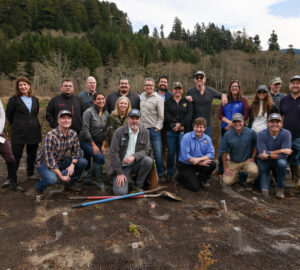
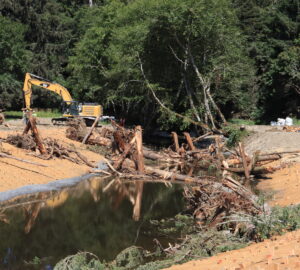
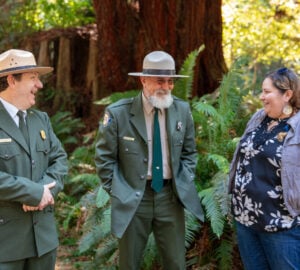
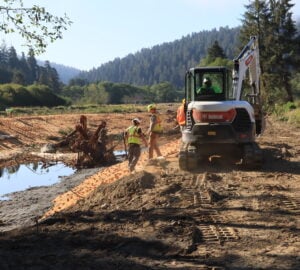
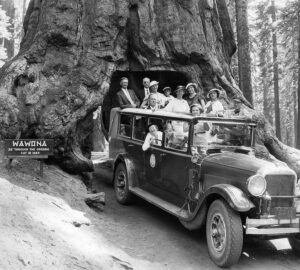
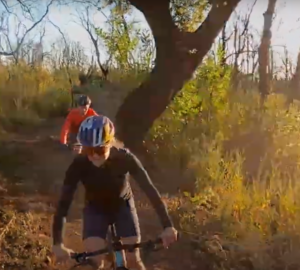
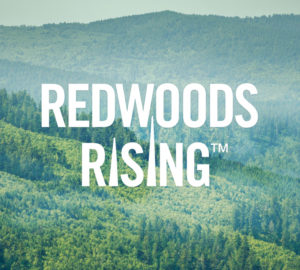
4 Responses to “An Epic Road Trip from the Bay Area to the North Coast”
Daniel Bardon
Thank you for taking us along for the ride.
I can’t wait to get back to the Benbow Inn and then travel the Avenue of the Giants to see my tall friends again.
Linda Taylor
Not certain why redwoods that can and do clone themselves, etc. require the human intervention of thinning?
Just look at the photo of the Candelabra Redwoods….
Loved the photographs and “roadtrip”!
Redwoods is my favorite NP.
Leslie Sokolow
What terrific Zoom wallpaper we have here!
Denise
Thank you for the wonderful videos and pictures in the parks. I miss my redwoods!!! Be well!!